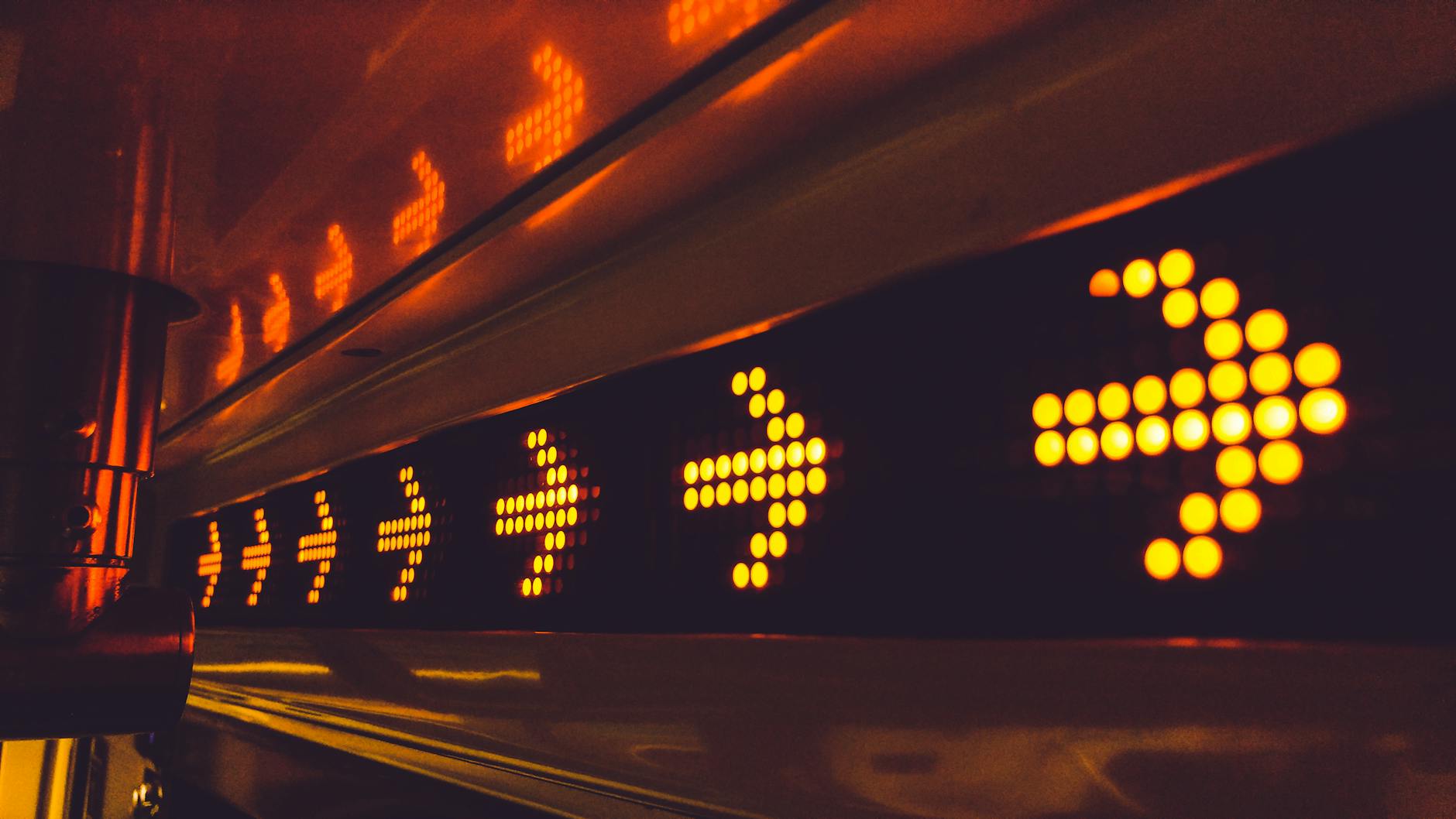With the rise of indoor gardening, LED grow lights have become an invaluable tool for gardeners looking to optimize their plant growth throughout the year. These energy-efficient lights mimic the sunlight necessary for photosynthesis, allowing for healthier plants even in environments lacking natural sunlight. Here’s a comprehensive guide to help you navigate the world of LED grow lights and make the most out of your indoor garden.
Understanding LED Grow Lights
LED (Light Emitting Diode) grow lights offer a spectrum of light designed to simulate the beneficial aspects of sunlight. They consume less energy and have longer lifespans compared to traditional grow lights. 
Benefits of Using LED Grow Lights
The primary benefits include energy efficiency, lower heat output, and the ability to customize the light spectrum for optimal plant growth. This means healthier plants and lower utility bills for you. 
Choosing the Right LED Grow Light
It’s crucial to select a light that matches your garden’s size and the specific needs of your plants. Consider factors like wattage, light spectrum, and coverage area.
Installation Tips
Proper installation is key to maximizing the benefits of LED grow lights. Ensure they’re placed at the correct distance from your plants and that the entire garden area is evenly covered.
Optimizing Light Cycles for Growth
Different stages of plant growth require different light cycles. Learn how to provide the right amount and type of light at each growth stage to ensure robust plant development.
Common Mistakes to Avoid
Common pitfalls include providing too much or too little light and overlooking the importance of the light spectrum. Avoid these to prevent harm to your plants.
Advanced Techniques
For experienced gardeners, explore methods like light manipulation and combining LED lights with other types of grow lights for enhanced plant growth.
Maintaining Your LED Grow Lights
Regular maintenance ensures your lights perform optimally over time. This includes cleaning the lights and checking for any necessary updates or replacements.
In conclusion, LED grow lights offer a powerful, efficient, and flexible option for indoor gardening. By understanding and applying the insights from this guide, you can significantly improve the health and yield of your plants. Embrace the future of gardening with LED technology and watch your indoor garden flourish.
Frequently Asked Questions
What is the best color spectrum for growing plants? Plants benefit most from blue and red light spectrums, which support foliage growth and flowering/fruition, respectively.
How often should I replace my LED grow lights? Quality LED lights can last for several years, but it’s best to monitor them for any signs of diminished performance over time.
Can LED grow lights burn plants? If positioned too close, the intensity of the LED lights can cause harm. It’s important to follow manufacturer recommendations for distance.
Are LED grow lights expensive? The initial investment may be higher than traditional lights, but their efficiency and longevity offer cost savings over time.
Should I use LED grow lights during the vegetative or flowering stage? LED grow lights are beneficial for both stages, but the light spectrum and cycle might need adjustment to cater to the specific needs of each stage.





